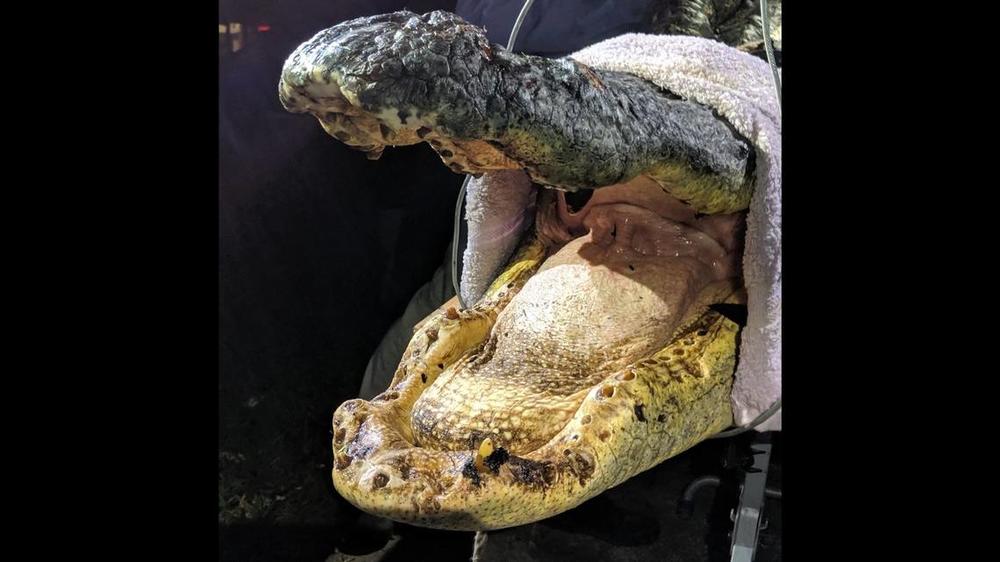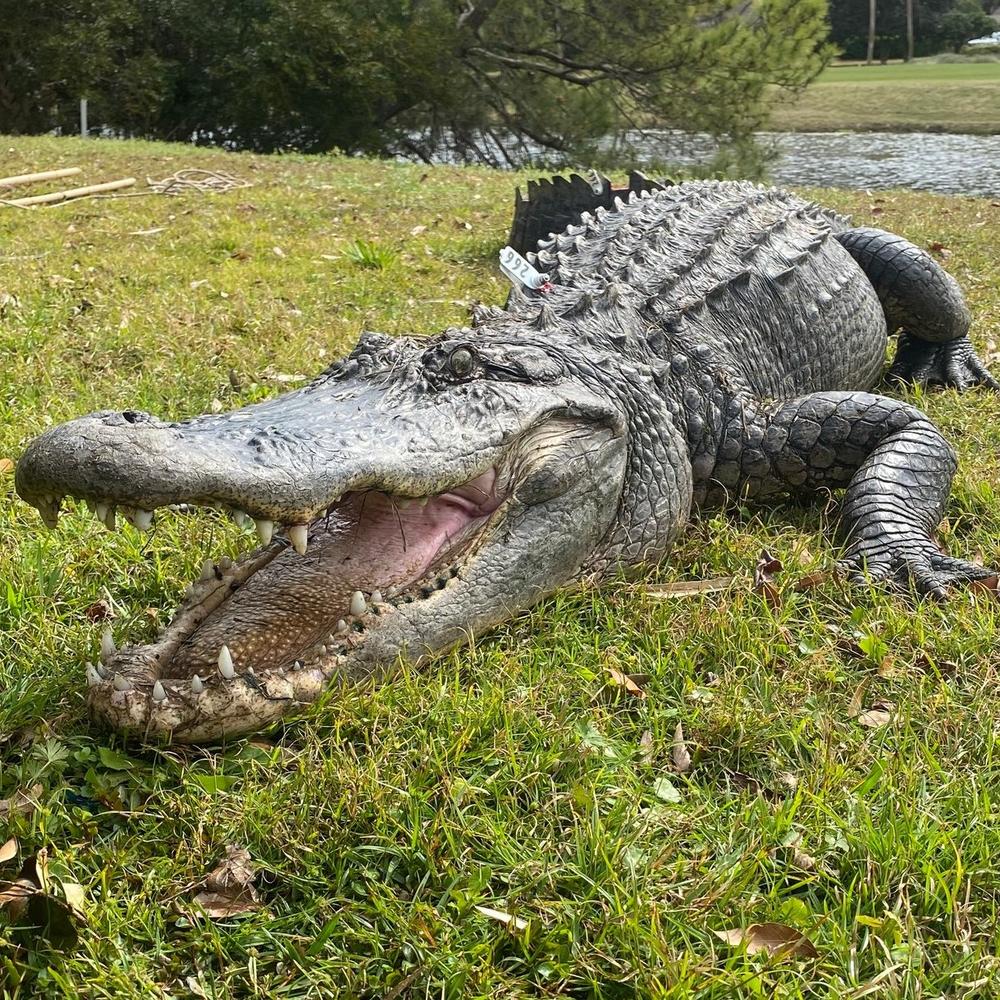
Caption
Alligators are supposed to have 75 and 80 teeth, but Georgia researchers have found some in Okefenokee Swamp are missing more of their teeth.
Credit: UGA Coastal Ecology Lab

Alligators are supposed to have 75 and 80 teeth, but Georgia researchers have found some in Okefenokee Swamp are missing more of their teeth.
A mystery is afoot in Georgia’s Okefenokee Swamp, and it involves fully grown alligators who are missing a lot of their teeth.
Gators are supposed to have around 75 to 80 teeth at any one time, but researchers have found some in the notoriously murky waters that don’t have many left.
A photo shared April 4 by the University of Georgia Coastal Ecology Lab shows one such gator with only three or four easily visible teeth in its gums.
This is a problem because teeth are a primary weapon for alligators, experts say.
Plus, there’s something creepy about the idea of gators trying to gum something to death.
“We aren’t entirely sure why so many of them are missing teeth,” the lab wrote.

Alligators in the Okefenokee are particularly susceptible to tooth problems because of the environment they live in.
“We hypothesize it is either another effect of the tannic water or they are not getting enough of a key nutrient in their diet. Either way this is a question that we are studying and hope to one day be able to provide you with a definitive answer!”
Many of the alligators in Okefenokee also have badly stained teeth, which the lab suspects is due to the tannic acid in the 700-square-mile swamp. The acid is created by vegetation rotting in the “slow-moving water.”
American alligators can grow to more than 13 feet long in Georgia and “exceed 60 years,” according to the University of Georgia’s Savannah River Ecology Laboratory.
However, the researchers did not suggest old age is a reason for the missing teeth.
“We see missing teeth in almost all age classes of alligator so we don’t think it’s due to old age. Even the hatchlings’ teeth start to turn brown after a couple months,” the UGA Coastal Ecology Lab wrote.
“An alligator replaces its teeth so often that they can go through 3,000 teeth over the course of their life.”
Alligators don’t have molars “for crushing and grinding,” so they must use their teeth to tear food apart before swallowing it, experts say.
This story comes to GPB through a reporting partnership with The Telegraph.